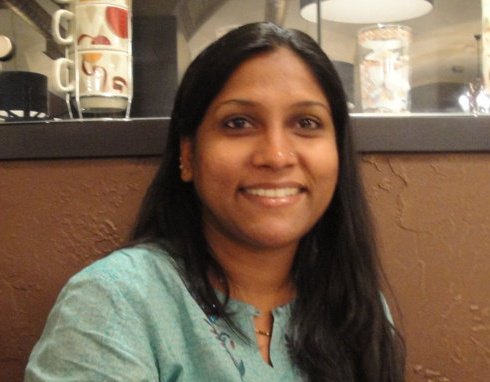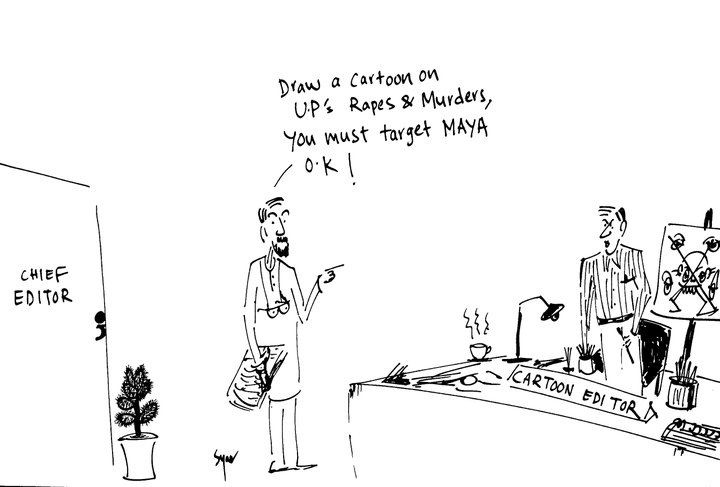by Rupesh Kumar
Indian films mass mediate stereotypical images of marginalized communities like dalits and adivasis; something that is rarely challenged by anyone. The producers are almost invariably savarna/dominant caste males. The candid display of the film makers’ enormous illiteracy about the history, culture and politics of adivasi and dalits cannot be countered with the same tools, as film makers from the marginalized communities are only now beginning to get a foothold in this field. Finding ways and means to challenge popular culture’s devastating impact of this endless reproduction of humiliating and ignorant portrayals is therefore an urgent task. One possibility is to critique the portrayals, as consumers of films. This can bring into public conversations the topic of mass produced representational history of marginalized Indians, which is often just plain wrong.
In the first of the series, I will set the tone for such articles by randomly sampling a few Malayalam film songs.
Let us be clear, almost all Indian movies portray adivasis as ‘minimally dressed’ people assembled for group dances with sexual implications, Malayalam movies are no exception to this. Take for instance the movie “Chithram” directed by Priyadarshan; the song “kadumee nadumellam kaakum” sung by Mohanlal, is an anti-adivasi song hijacking all the political aspects of tribal cultures and ties them to the established feudal Hindu family circumstances. The language throughout the entire film itself demonstrates anti-adivasi politics. Maniyanpilla Raju, is portrayed as being ‘stupid’, giving us an insight into Priyadarshan’s tunneled vision of the adivasis. And the negativity of dalit body language of Sreenivasan in this movie is another example of the same narrow vision.
In almost all movies of Priyadarshan, there is an unmistakeable anti-dalit or anti-adivasi narrative. Priyadarshan is now the chairman of the Chalachithra Academy. What sort of an alternative politics in film culture can be created under the leadership of such a man? It’s not a paradox, its an evolution of anti-dalitism, anti-adivasism from cultural text to cultural power.
The song “Vala nalla Kuppivala“, to my mind, is a psychological tool developed by the mainstream lyricists and music composers to be used as a weapon against the adivasi strength. The tone, the pathetic lines, the mainstream melodic character are portrayed as being sympathetic to adivasis. In general it creates a notion that they always sing about their hunger, poverty etc. But the adivasis have a lot of political songs with great strrength and passion which are never depicted. They are marginalized by naming them as folk songs and are not shown in the mainstream cinema or any media with strength and visual politics. Even a single song visualised with their intrinsic power would change the language of the Malayalam song culture itself.
It is interesting to see how much “savarna” and anti-adivasi language is used in the films like “Photographer“, “Bamboo boys” etc., which are among the recent movies involving adivasi characters. The savarna directors’ bias and mindless presentation of adivasis/dalits is evident in every frame.
Dalit directors are not unconscious of caste politics in cinema, and when some confident dalits venture into film making, the economic factors hinders them. In our personal experience as film makers it is interesting to see how the mainstream, general public, the leftist societies and film festivals use the ‘techniques of ignoring’ as a tool against dalit video productions and documentaries.
Strong critical reading from dalit political selves are rising and we can hope for better political film making with dalit and adivasi as central characters in future. A long struggle awaits this cultural transformation: the unpacking of cultural codes of such a diverse people like the adivasi and dalits with tremendously complex histories –of perpetual struggle, resistance, heroism, suffering and joys –can be done only when we own our representational history. And thus resist becoming passive consumers of the negative stereotypes of our misrepresented selves on the silver screen, caricatured by the savarna film makers. We are now gradually creating a critical support system around dalit and adivasi creativity in film making, within and outside India.
July/24/11.
Rupesh Kumar is an award wining documentary film maker, watch some of his documentaries here.










